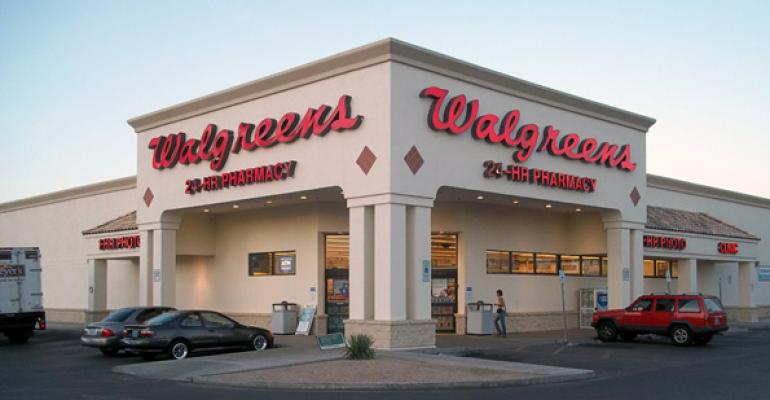The announcement of a merger between Cole Credit Property Trust III Inc. and Cole Holdings Corp. highlights continued popularity of the net lease sector. In the fourth quarter, publicly traded REITs that specialize in triple net leased properties outperformed most other REITs, exceeding consensus estimates, according to a report by Rich Moore, an analyst with RBC Capital Markets. And investor interest in net leased retail assets remains high, in spite of falling cap rates, according to market reports from several different sources.
The Boulder Group, a Northbrook, Ill.-based real estate investment firm specializing in the single tenant net lease sector, reports that in the fourth quarter of 2012 the number of available retail assets on the market fell 12.53 percent compared to the third quarter of the year, to 2,848 properties. Cap rates fell 25 basis points quarter over quarter, to 7.25 percent from 7.50 percent.
“The cap rate compression continues to occur,” says Brad Pepin, director with Stan Johnson Co., a national commercial real estate firm specializing in net lease properties. “It’s driven by financing that’s available and there is a lot of money right now with REITs and institutional buyers out there and these large institutional REITs need to place that money as fast as they can and that contributes to demand.”
The nearest Walgreens
The trend is particularly noticeable in the drugstore sector. Drugstores happen to be among buyers’ preferred net lease assets, due to their decades-long leases and investment grade credit ratings. Yet The Bolder Group reports that in the last three months of 2012, the number of drugstore properties available for sale declined significantly compared to the second quarter of the year, partly as a result of the massive amount of consolidation occurring among net lease REITs, the report notes.
Net leased CVS assets were most scarce in the fourth quarter, with only 30 of the chain’s stores coming to the market—a 71.7 percent drop compared to the second quarter of 2012. There were 38 Rite Aids available for sale—a 48.6 percent decrease from the second quarter, and 86 Walgreens stores, representing a 50.3 percent decrease in availability.
While Pepin hesitates to say there is a shortage of supply—it’s still possible to find appropriate properties for investors seeking stable tenants with long-term leases—he does note that clients have to be prepared to pay a premium for the most sought-after assets.
In the fourth quarter, cap rates on deals involving drugstores averaged 6.93 percent, a premium of 32 basis points over all net leased retail assets, according to The Boulder Group report. Cap rates on sales of net leased dollar stores nationwide were in the 8 percent range, according to a report from Marcus & Millichap Real Estate Investment Services, an Encino, Calif.-based brokerage firm, approximately a 30 percent decrease from the fourth quarter of 2011. Cap rates on sales of quick-service restaurants varied from the low 4 percent for McDonald’s sites to 9 percent for mom-and-pop establishments.
The only segment of the market where cap rates have gone up 20 basis points year-over-year was the big-box category, according to Marcus & Millichap research. The median price for net leased big-box properties has also dropped 7 percent, to $54 per sq. ft.
“Drugstores are the most widely traded, commoditized product,” says Brian Shanfeld, vice president of the capital markets group with real estate services firm Jones Lang LaSalle. “That’s what drives some of the pricing; investors understand Walgreens and CVS, the leases for drugstores are not very nuanced. And maybe other industry segments may change a lot with technology, but you are always going to want that convenience retail on the corner. You know you are buying a consistent, stable current return and yet you’ve got a real estate asset with appreciation [potential].”
Shanfeld and Pepin expect that the heated demand for net leased retail will continue as long as interest rates remain low. Marcus & Millichap projects that cap rates on drugstores in particular will continue to fall. According to Marcus & Millichap researchers, “a measurable increase in cap rates is not anticipated until the Fed moves interest rates higher, which is currently scheduled for mid-2015.”

